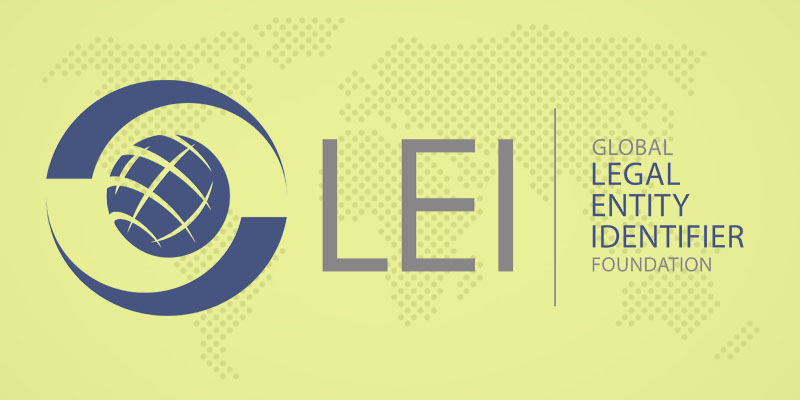The corporate sector is growing at a very rapid pace now more than ever. Technological innovations have been the biggest contributor to this trend; consequently, there has been a lot of cross-border transactions that are being carried out. However, to eliminate any case of unscrupulous transactions, leaders of the G20 proposed a new measure that would see businesses use Legal Entity Identifiers which would help in facilitating transparency.
Before getting into LEI registration, certain concepts are worth discussing. Legal Entity Identifiers are made of 20 alpha-numeric characters that are based on ISO 17442. They carry several vital information that helps to articulately identify legally operating businesses. The structure of LEI normally contains two kinds of data; the first level of data shows who is who while the second one reveals who owns whom. Some of the details on the first level include the company name, registration number, and the address of its headquarters. On the other hand, level two information usually shows the structural ownership of the entity. Thus, the public LEI system integrates the unstructured registered information of businesses into the systemized global directory. Consequently, this enhanced transparency among businesses, thus increasing the level of trust.
GLEIF and The ISO
The Global Legal Entity Identifier Foundation (GLEIF) was established in 2014 by the Financial Stability Board. It was given the mandate to facilitate the implementation of LEIs. The foundation is supported and administered by the LEI Regulatory Oversight Committee. The task of GLEIF is to add information on the LEI system while ensuring it is consistent and accurate, as well as making the data on the system easily accessible by anyone. On the other hand, the role of the International Organization for Standardization (ISO) is to define the set attributes that would be the identification of entities, which are the 20 alpha-numeric characters.
The Utilization of the LEI System
When the Global LEI system (GLEIS) becomes fully functional, it will ensure that there is only one system of standardization. Currently, several jurisdictions have made the use of LEI mandatory; hence, businesses in those areas are not allowed to operate if they don’t have a valid LEI number. Even though the adoption of Legal Entity Identifiers is relatively uneven with regions such as North America and the European Union taking the lead, many other areas have shown much interest to implement the use of the novel system. For instance, the Reserve Bank of India has ordered the use of LEI in OTC derivative markets; the rule further extends to Foreign Exchange dealers and big corporate borrowers. Australia has also followed suit with the ASIC ordering the use of LEI in derivative transactions.
The Implementation of LEI in the EU
As of 1st November 2017, the European Union adopted stringent measures, rejecting every trade report that does not contain LEI. As of January the following year, any company that wanted to conduct any financial transaction in the European financial markets such as EFTs, Bonds, and FX Forwards, had to obtain a Legal Entity Identifier.
LEI Registration
Having stated the background and vital information about Legal Entity Identifiers, here are three easy steps you can take to register your entity in the LEI system.
Step 1: Accessing The System
The first step you need to do is to create your account using the direct portal of LEI. Once you’ve set up your account, you can renew your existing Legal Entity Identifier or apply for a new LEI.
Step 2: The Application
Your next step would be to log into your account and fill out the application form. If you find any technicalities, you can check the Frequently Asked Questions or go to downloads to obtain additional information.
Step 3: Getting Your LEI
Your record will then be validated and approved by the GS1 team; the record will be issued with an LEI which would later be published on the LEI portal. The time it takes for an LEI to be issued depends on the accuracy of the given information. However, the normal fulfillment duration is usually between 48-72 hours.




